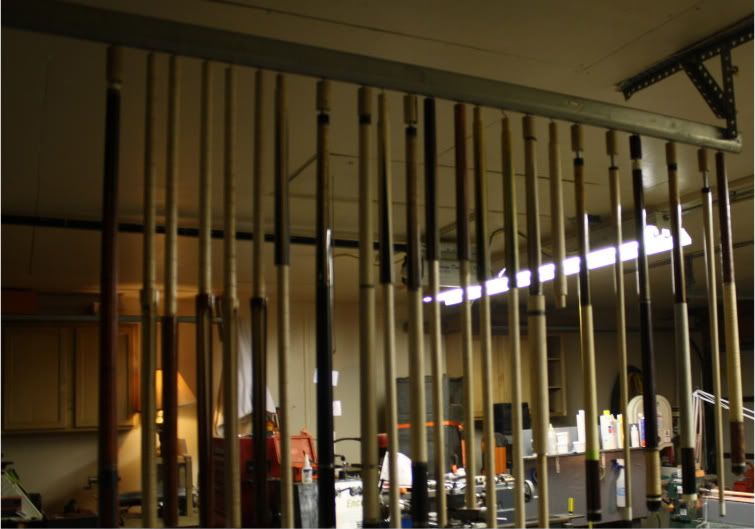If you have a cored forearm and a cored handle, can they be joined without a metal threaded pin or threaded wooden tenon?? If you have points or inlays it would be difficult to line them up when using threads.
Is it a strong enough joint just using a tenon and epoxy or gorilla glue?
thanks
Kim
Is it a strong enough joint just using a tenon and epoxy or gorilla glue?
thanks
Kim

